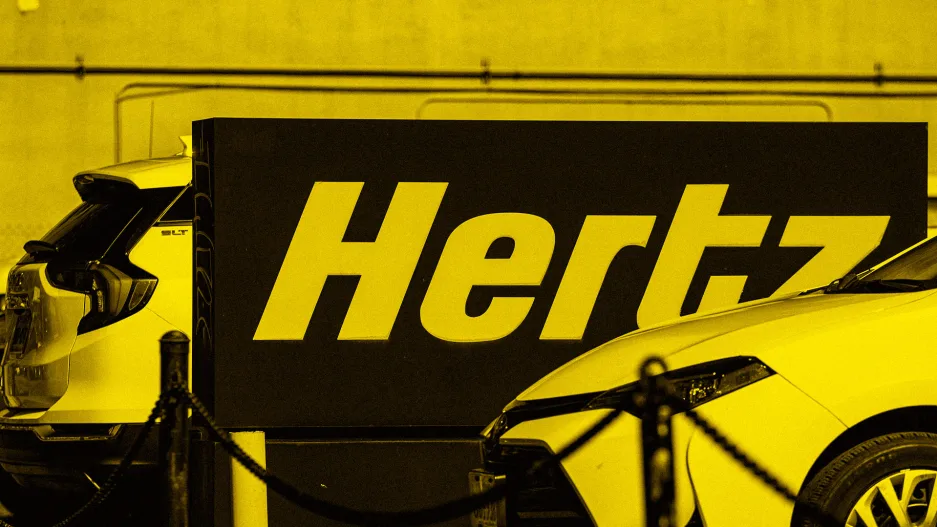In a recent regulatory filing unveiled on Thursday, Hertz made a significant announcement regarding its electric vehicle (EV) strategy. The car rental giant now plans to sell approximately one-third of its global fleet, totaling around 20,000 electric vehicles. This shift marks a departure from Hertz’s initial ambition to have a quarter of its fleet comprised of EVs by the end of 2024.
The rationale behind this change stems from a dynamic shift in supply and demand. The filing highlights that a portion of the proceeds from the EV sales will be allocated towards acquiring internal combustion engine (gas-powered) vehicles, aligning more closely with customer demand. Additionally, the filing cites elevated collision and damage expenses associated with EVs in the fourth quarter as a contributing factor.
The initial enthusiasm within the car industry for electric vehicles has waned in recent quarters. Despite early adopters paving the way, widespread adoption of this new technology has been slower. Potential renters and buyers may be hesitant due to challenges such as a lack of convenient and reliable charging stations, coupled with a steep learning curve for first-time EV drivers.
While EV sales experienced a 40% year-over-year increase in Q4 of 2023 in the U.S., the growth rate has decelerated compared to previous quarters. Q3 saw a 49% gain, and in Q4 of 2022, there was a 52% year-over-year increase, as per data from Cox Automotive.
Hertz affirms its commitment to enhancing the profitability of its remaining EV fleet. This involves initiatives like expanding EV charging infrastructure, fostering relationships with EV manufacturers for more affordable access to parts and labor, and implementing policies and educational tools to enhance the overall EV experience for customers.
The filing also discloses that Hertz will incur a $245 million incremental net depreciation expense related to the EV sale. The process of selling these electric vehicles commenced in December and is set to continue throughout 2024.

